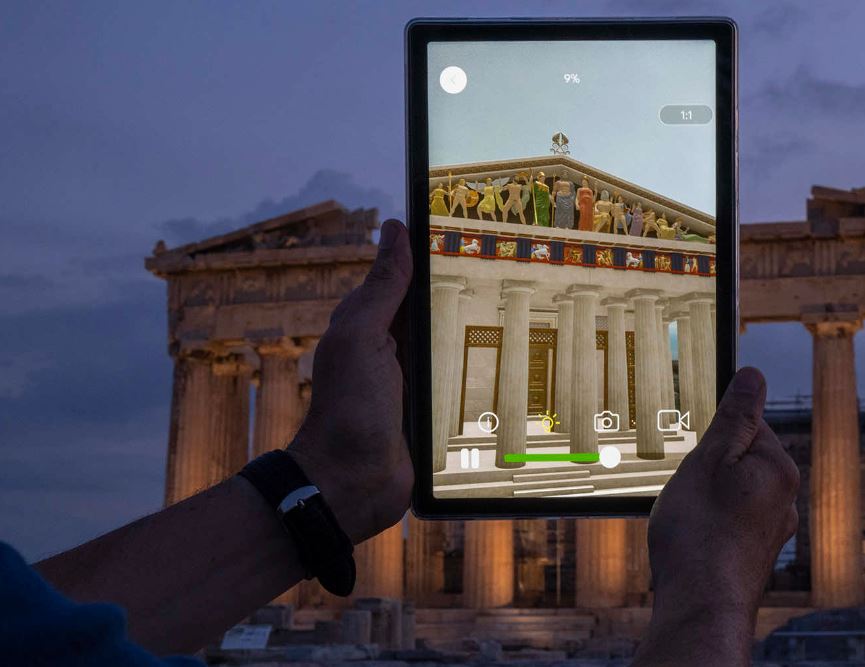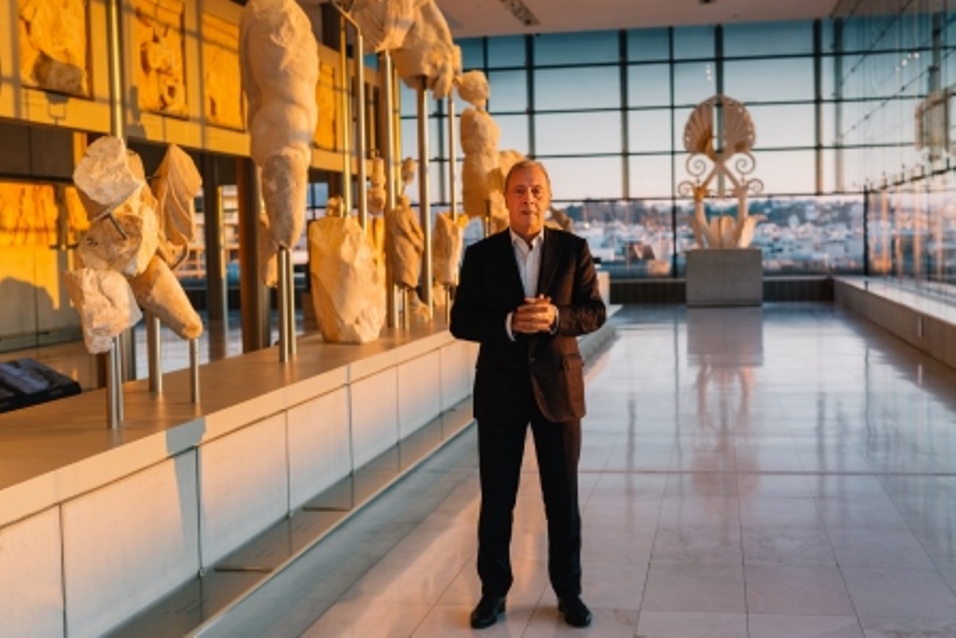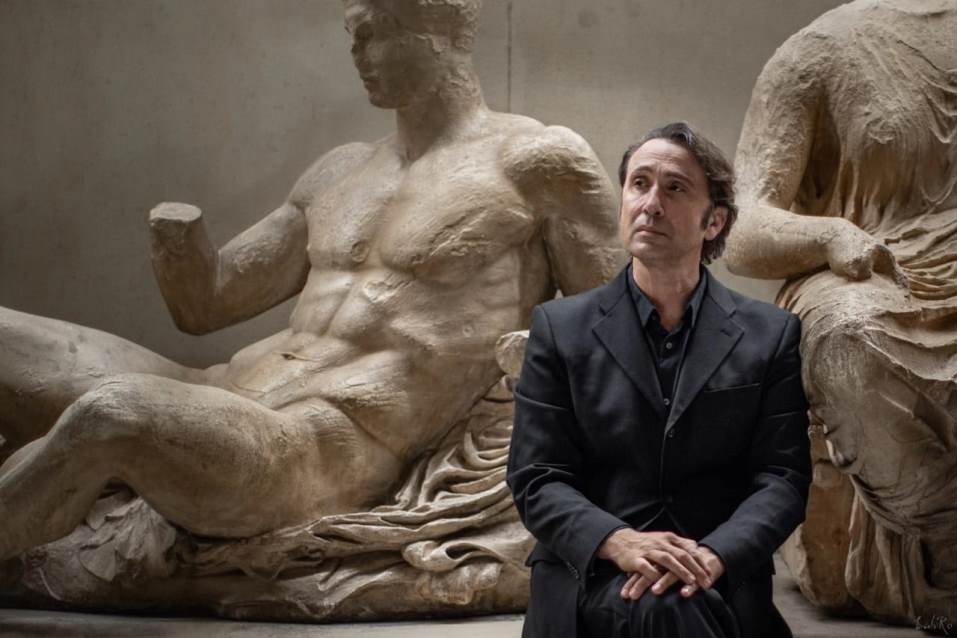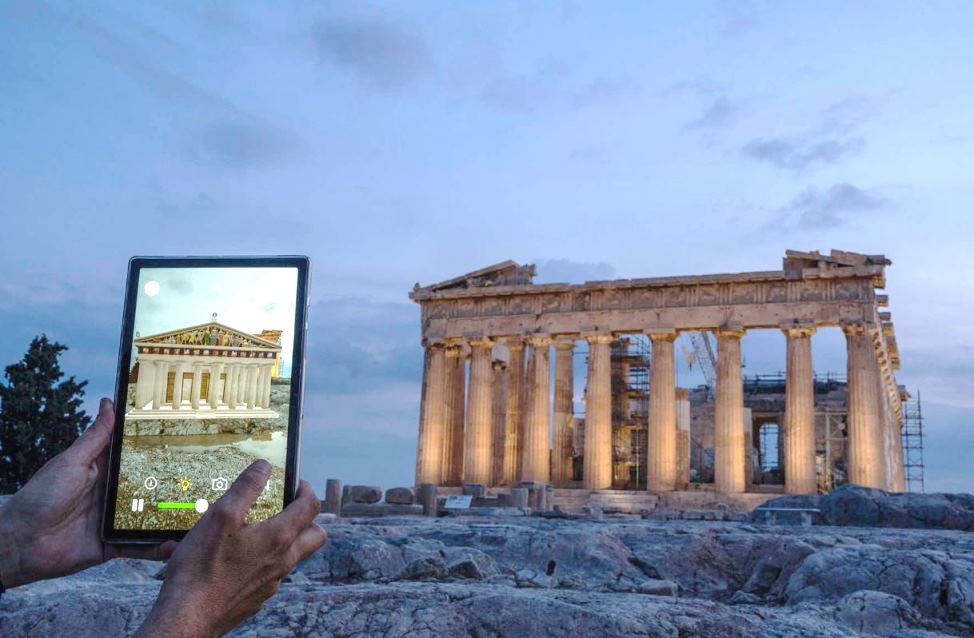The app, called “Chronos” after the mythological king of the Titans and Greek word for “time,” uses augmented reality to place the ancient impression of the site onto the screen, matching the real-world view as visitors to the Acropolis walk around.
AR after a wait, is set to affect a huge range of leisure activities. Memories of using it in June 2016 with Russell Darnely the then international liaison officer of the Australian Committee for the reunification of the Parthenon Marbles founded over four and half decades ago by Emanuel Comino. As we gathered for a commemorative event to mark 200 since the British government bought the sculptures from Lord Elgin, we also visited the British Museum with those that had attended the conference at Senate House. The then Chair of the British Museum Trustees Sir Richard Lambert did not allow those of us with the AR posters into the museum.
Greece’s Culture Ministry and national tourism authority have embraced this technology. Microsoft partnered with the Greek Culture Ministry two years ago to launch an immersive digital tour at ancient Olympia, birthplace of the Olympic Games in southern Greece.
Culture Minister Lina Mendoni said the innovations would boost accessibility to Greece’s ancient monuments, supplementing the recent installation of ramps and anti-slip pathways.
“Accessibility is extending to the digital space,” Mendoni said at a preview launch event for the Chronos app in May. “Real visitors and virtual visitors anywhere around the world can share historical knowledge.”
Developed by Greek telecoms provider Cosmote, the free app’s designers say they hope to build on existing features that include an artificial intelligence-powered virtual guide, Clio.
Virtual reconstructions using Chronos also cover three other monuments at the Acropolis, an adjacent Roman theatre and parts of the Acropolis Museum built at the foot of the rock.
To read the full article by Derek Gatopoulos and Theodora Tongas, follow the link here.






Comments powered by CComment